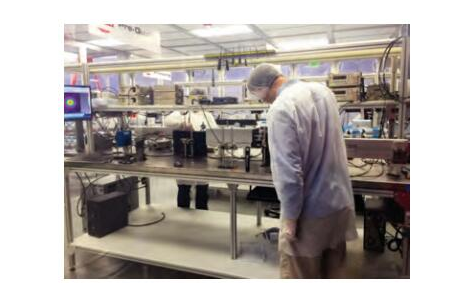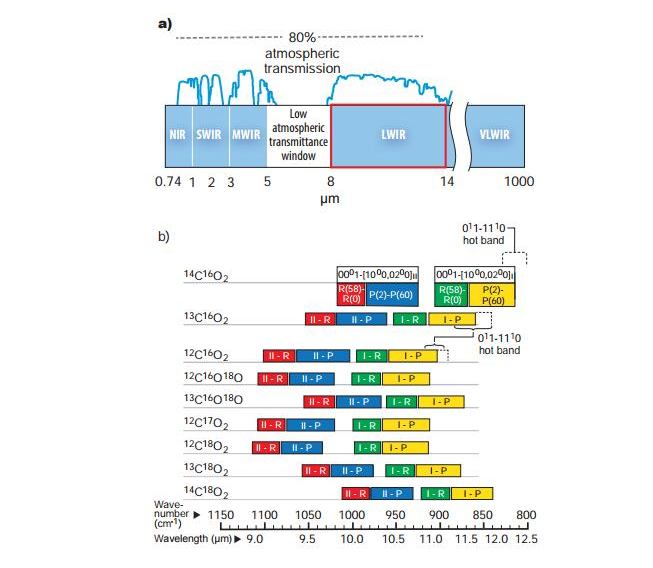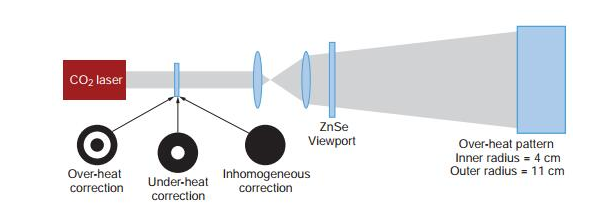
Returning Customer
I am a returning customer
Register Account
If you already have an account with us, please login at the login form.
Your Account Has Been Created!
Congratulations! Your new account has been successfully created!
You can now take advantage of member privileges to enhance your online shopping experience with us.
If you have ANY questions about the operation of this online shop, please e-mail the store owner.
A confirmation has been sent to the provided e-mail address. If you have not received it within the hour, please contact us.
Account Logout
You have been logged off your account. It is now safe to leave the computer.
Your shopping cart has been saved, the items inside it will be restored whenever you log back into your account.
CO2 lasers were invented by C. Kumar N.Patel at Bell Laboratories in 1964 and are an ancient technology in the ever-changing optoelectronics industry. Despite the long time, CO2 laser technology still survives and continues to thrive in the market with its unique wavelength, power and spectral purity.
Because many natural materials and synthetic materials have strong absorption peaks at 9~12μm, which is exactly the wavelength band where the output wavelength of CO2 lasers is located, this provides a lot of opportunities for CO2 lasers in the field of material processing and spectral analysis. This band is also included in the atmospheric transmission window and is therefore ideal for many sensing and ranging applications (see Figure 1).

A typical CO2 laser is formed by a gas discharge from a gas mixture containing CO2 molecules. Because the vibrational and rotational energy levels of molecules are very close to each other, photons generated by transitions between these energy levels of CO2 molecules are lower in energy and longer in wavelength than visible and near-infrared light.
CO2 lasers can provide a range of power from milliwatts to tens of thousands of watts. They can be used to make instruments and equipment, as well as for powerful cutting. Because of the high spectral purity of CO2 lasers, the linewidth can be up to 1kHz without sacrificing power, and the conversion efficiency can reach 10%. These features make the CO2 laser capable of new applications in material processing, laser ranging and radar, thermal image visual aids, and targeted medical applications.

Since it was invented for decades, there have been countless applications of CO2 lasers in the medical, manufacturing and scientific fields, from 4-digit digital printing on Chinese high-speed mineral water bottle production lines to German Mercedes-Benz automotive parts welding. Even if today's fiber lasers are eroding the large market for CO2 lasers, and the quantum cascade lasers continue to break new ground, if CO2 lasers are developed toward dedicated areas, they will still win widespread adoption in the market.
Challenge competition
Despite these long-term advantages, CO2 lasers have been challenged in some ways. Fiber lasers and quantum cascade lasers have been extended to many applications previously dominated by CO2 lasers.
In industrial applications, high-power fiber lasers can provide higher efficiency, their energy can be better absorbed by metal materials, and more cost-effective. However, CO2 lasers are still the only way to process many non-metallic materials because these materials cannot absorb the near-infrared wavelengths of fiber lasers.
Quantum cascade lasers produce wavelengths in the 2 to 12 μm range and are more compact, and have become an important tool in spectroscopy applications. However, many sensing, spectrally sensitive industrial and medical applications in the 8-12 μm long wave infrared region require higher power, better spectral purity, excellent coherence, and stable spatial modes. These are the only CO2 lasers that can achieve.
In addition to technical challenges, China’s expanding laser industry has also led to lower prices. Standard CO2 lasers are rapidly commoditizing, with barriers to entry and profits falling rapidly. Three years ago, a Chinese company purchased a US-made 30W CO2 laser for $4,500. Now, domestically produced CO2 lasers have entered the market and pulled prices down to $2,000.
These factors signify that the era of “valence by price” has come to an end; in the era of price-per-watt, the company produces lasers with specific average power that can be applied in many fields, and the price is proportional to the wattage. Using this strategy, some highly successful companies such as Synrad, Coherent and Rofin can provide CO2 lasers with power ranging from a few watts to tens of thousands watts. This also makes CO2 lasers in plastic processing plants, dental clinics, mobile phone assembly lines, etc. The field has been widely used.
Although CO2 lasers have come to an end as a "one-size-fits-all solution for all uses," but with the emergence of new material processing and increasingly stringent industrial and scientific processing requirements, these require new dedicated lasers that require real lasers. Value propositions have deeper technical understanding and require a completely different approach to manufacturing and promoting CO2 lasers. CO2 lasers are responding to these new challenges.
On the manufacturing side, this new model requires adjustments to various CO2 laser specifications to closely match the specific needs of customers. In the market, from the previous average power and value proposition of “valence by wattage”, we have turned into customer-customized solutions, and designed the pulse shape, peak power, dedicated wavelength and working stability of the laser according to specific materials and application requirements. Sex.

Extreme ultraviolet lithography
In attempting to expand Moore's Law, CO2 lasers are considered to be the best tools for generating extreme ultraviolet (EUV) radiation through laser generated plasma (LPP). This 13.5nm EUV light is generated by evaporating molten tin droplets. Other lasers such as Nd:YAG have also been tested for this application and the results show that they are less efficient in producing optically thin plumes with higher speed, high quality plasma properties because of the higher tin exposure to CO2 lasers. Reflectivity.
To produce EUV light, CO2 lasers need to provide a series of pulses with a 10.6 μm wavelength, near-perfect optical quality, high speed, and exactly the same pulse, with the cleanliness, precision, and repeatability that the semiconductor industry demands.
In order to meet these stringent requirements, all of the CO2 lasers used in EUV, from raw material handling to final testing (see Figure 2), are fully performed in an ISO Class 7 clean room. Each laser passes a 12-hour continuous power-on test and is fully compliant with the test specification because any deviation can lead to the failure of thousands of semiconductor chips.
